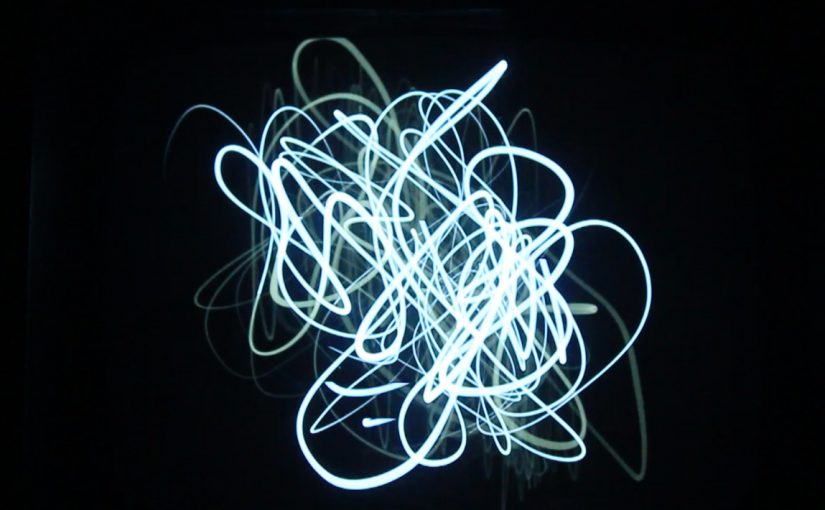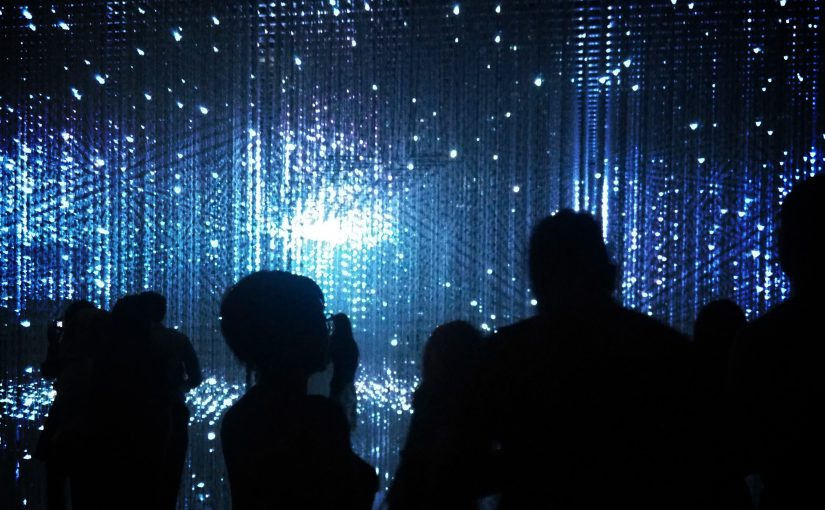On 25th September, Timothy Nohe shared his experience on designing an interactive public art installation.
Tim designed a non-conventional synthesizer with touch inputs in the form of a box. When audience interacts with the box, their actions will generate a sound which is also visualized on a screen.
What makes it interesting is how the interaction is accessible to anyone regardless of their background. The system relies on technical-heavy equipment like oscillator and midi controller, but it is wrapped in a way that the interface is simplified to the core. No button, no dial, no switch, no cable; Just a surface for touch.
Another inspiration we could take from Tim’s installation is how he leverages human curiosity to immerse someone. People understand the touch signifiers from the box but no one knows what the box affords. When the sound appears and the screen lights up because of the interaction, they will be more curious and explore the box. Furthermore, curiosity is contagious so nearby people will even join and interact as a group!
Lastly, we could not ignore how much importance to details that Tim had put into designing the installation. Equipment is weatherproofed. Cold weather is assessed beforehand. Environment sound pollution is considered despite not being visible. Audience’s height is taken into account into positioning the box. A lot more considerations are put into the details “in case something goes wrong”, but even so he still prepared a spare for every single equipment.
[Light City 2017 – “Electron Drawing” by Timothy Nohe. Photo taken from https://umbcarts.files.wordpress.com/2017/03/tim-nohe-electron-drawing.jpg]

